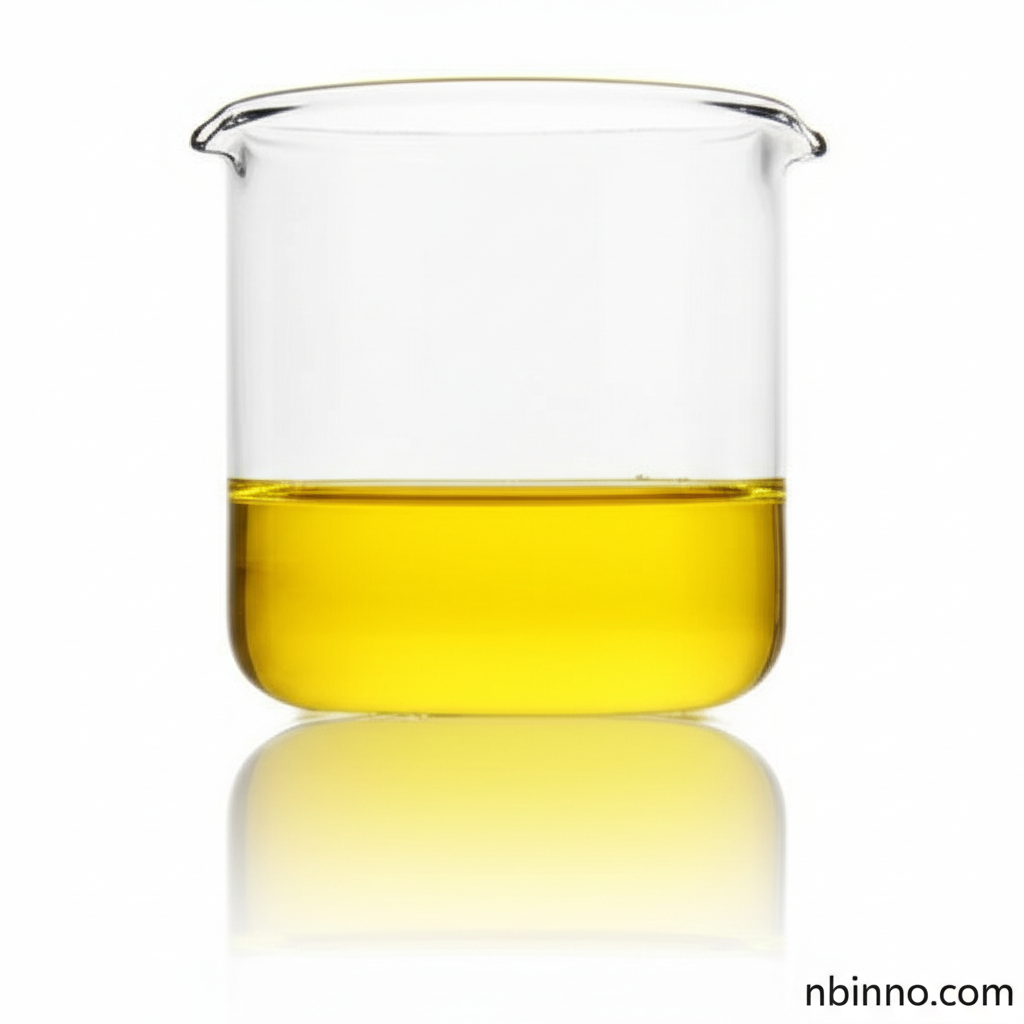Trioctylphosphine (TOP): Properties, Applications, and Industrial Significance
Discover the essential properties and diverse applications of Trioctylphosphine, a key organophosphorus compound in modern chemistry.
Get a Quote & SampleProduct Core Value

Trioctylphosphine
Trioctylphosphine (TOP) is a vital organophosphorus compound recognized for its critical role as a synthesis material intermediate and in the production of pharmaceutical raw materials. Its chemical formula is P(C8H17)3, with a CAS number of 4731-53-7. This compound, typically appearing as a colorless to yellow liquid, is instrumental in various advanced chemical processes.
- Explore the versatility of trioctylphosphine in synthesis material intermediates, enabling complex chemical transformations.
- Understand the critical role of trioctylphosphine applications in synthesis for pharmaceutical raw material production.
- Learn about the properties of trioctylphosphine, including its typical liquid form and molar mass, crucial for process design.
- Investigate the industrial significance of trioctylphosphine as a key component in nanoparticle synthesis and as a ligand in coordination chemistry.
Key Advantages
Synthesis Versatility
Leverage the unique chemical properties of trioctylphosphine for nanoparticles, a key factor in advanced materials development.
Pharmaceutical Intermediate
Utilize trioctylphosphine as a pharmaceutical raw intermediate, ensuring high purity and reliability in drug synthesis.
Material Science Applications
Benefit from the use of trioctylphosphine in coordination chemistry, where it acts as a crucial ligand for metal complexes.
Key Applications
Material Synthesis
As a crucial synthesis material intermediate, it facilitates the creation of novel materials and complex organic molecules.
Pharmaceutical Industry
Its role as a pharmaceutical raw intermediate underscores its importance in the development and manufacturing of medicines.
Nanotechnology
The compound is essential for trioctylphosphine for nanoparticles synthesis, enabling advancements in nanotechnology.
Coordination Chemistry
As a ligand, it plays a significant role in trioctylphosphine in coordination chemistry, forming stable metal complexes for various catalytic processes.
Related Technical Articles & Resources
Why Choose Us?
Leverage our expertise and state-of-the-art infrastructure to accelerate your journey from discovery to commercial success.
Global Experience
With 20 years of R&D, manufacturing, and sales experience, we proudly serve clients across 60 countries and regions worldwide.
Advanced Facilities
Our in-house R&D laboratory, pilot platform, and large-scale production workshop are equipped to meet the audit requirements of global customers.
Seamless Scalability
We facilitate a perfect transition from small-scale lab requirements (grams) to full commercialization (hundreds of tons).
